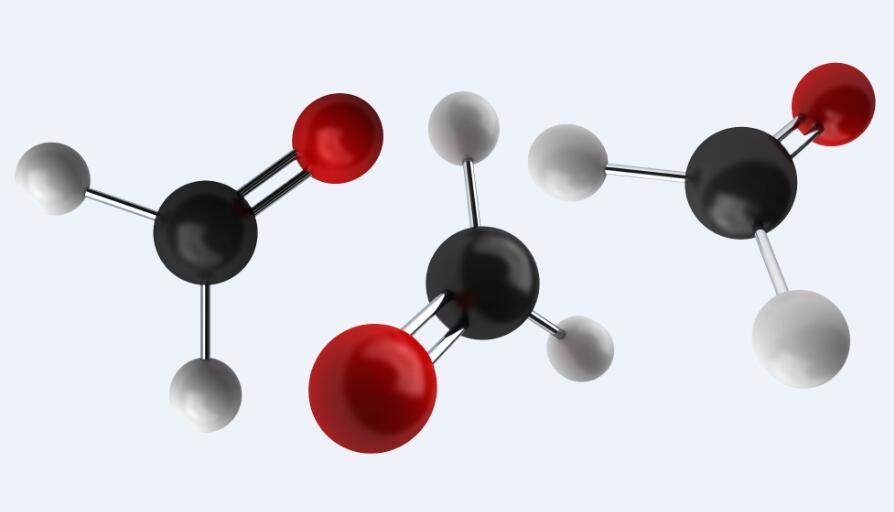Adsorption is the adhesion of ions or molecules onto the surface of another phase. Adsorption may occur via physisorption and chemisorption. Ions and molecules can adsorb to many types of surfaces including polymer surfaces. A polymer is a large molecule composed of repeating subunits bound together by covalent bonds. The adsorption of ions and molecules to polymer surfaces plays a role in many applications including: biomedical, structural, and coatings.

Implant Coatings
Protein-resistant coatings:Protein adsorption influences the interactions that occur at the tissue-implant interface. Protein adsorption can lead to blood clots, the foreign-body response and ultimately the degradation of the device. In order to counter-act the effects of protein adsorption, implants are often coated with a polymer coating to decrease protein adsorption.
Polyethylene glycol (PEG) coatings have been shown to minimize protein adsorption in the body. The PEG coating consists of hydrophilic molecules that are repulsive to protein adsorption. Proteins consist of hydrophobic molecules and charge sites that want to bind to other hydrophobic molecules and oppositely charged sites. By applying a thin monolayer coating of PEG, protein adsorption is prevented at the device site. Furthermore, the device’s resistance to protein adsorption, fibroblast adhesion and bacteria adhesion are increased.
Antithrombogenic coatings:The hemocompatability of a medical device is dependent upon surface charge, energy and topography. Devices that fail to be hemocompatabile run the risk of forming a thrombus, proliferation and compromising the immune system. Polymer coatings are applied to devices to increase their hemocompatability. Chemical cascades lead to the formation of fibrous clots. By choosing to use hydrophilic polymer coatings, protein adsorption decreases and the chance of negative interactions with the blood diminishes as well. One such polymer coating that increases hemocompatability is heparin. Heparin is a polymer coating that interacts with thrombin to prevent coagulation. Heparin has been shown to suppress platelet adhesion, complement activation and protein adsorption.
Structural
Advanced polymer composites:Advanced polymer composites are used in the strengthening and rehabilitation of old structures. These advanced composites can be made using many different methods including prepreg, resin, infusion, filament winding and pultrusion. Advanced polymer composites are used in many airplane structures and their largest market is in aerospace and defense.
Fiber reinforced polymers:Fiber-reinforced polymers (FRP) are commonly used by civil engineers in their structures. FRPs respond linear-elastically to axial stress, making them a great material to hold a load. FRPs are usually in a laminate formation with each lamina having unidirectional fibers, typically carbon or glass, embedded within a layer of light polymer matrix material. FRPs have great resistance against environmental exposure and great durability.
Polytetrafluoroethylene:Polytetrafluoroethylene (PTFE) is a polymer used in many applications including non-stick coatings, beauty products, and lubricants. PTFE is a hydrophobic molecule composed of carbon and fluorine. Carbon-fluorine bonds cause PTFE to be a low-friction material, conducive in high temperature environments and resistant to stress cracking. These properties cause PTFE to be non-reactive and used in a wide array of applications.
Polymer adsorption in porous media:Physical adsorption and mechanical entrapment are two major causes of polymer retention in porous media. Low polymer retention in the reservoir is essential to the success of a polymer EOR operation.
Post time: Dec-18-2018

